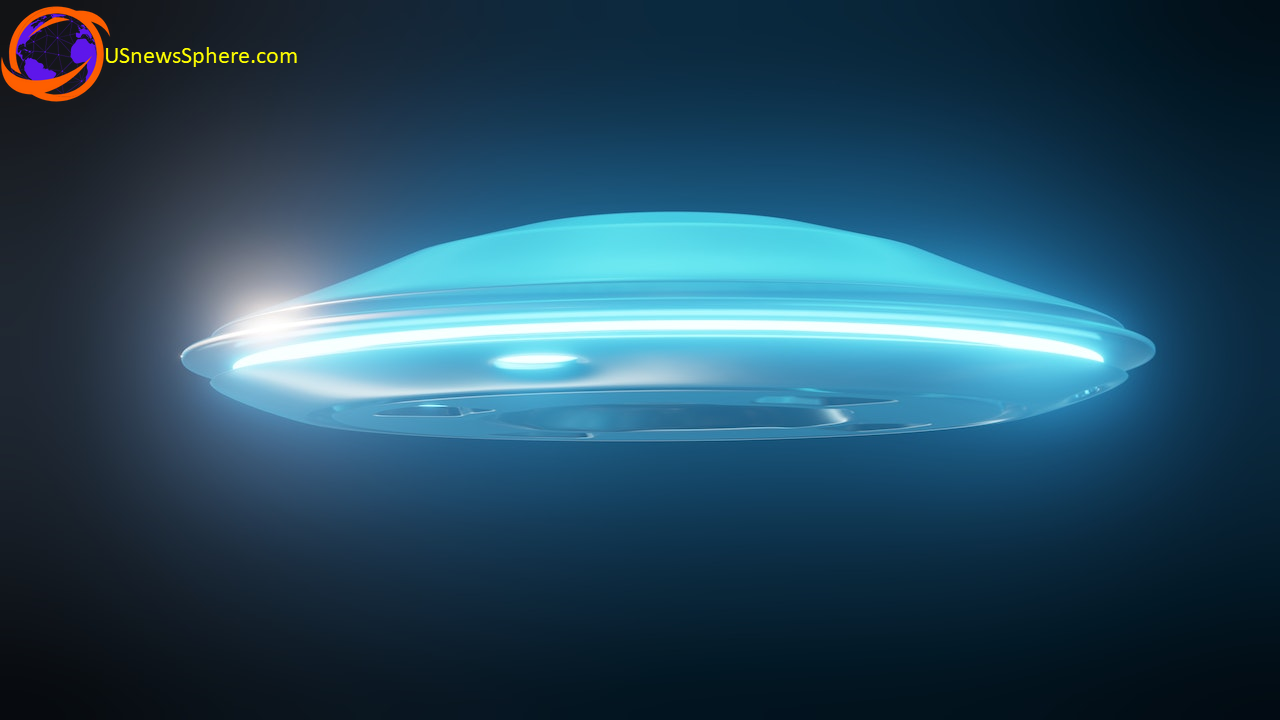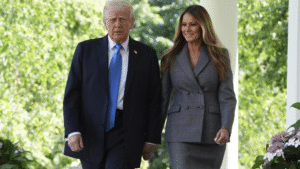NASA is urged to play a significant role in the federal government’s ongoing study of Unidentified Flying Objects (UFOs), now termed “Unidentified Anomalous Phenomena” (UAP). This advisory panel recommends that NASA utilize its scientific expertise and instruments to collect data and shift the conversation from sensationalism to science.

[Saucer-like lenticular clouds appear over Turkiye’s Bursa province in the early morning hours of January 19, 2023].
NASA’s Commitment to the Unknown:
NASA Administrator Bill Nelson emphasizes the agency’s mission to uncover the unknown, stating that while there’s no evidence of extraterrestrial origin for UAPs, NASA aims to find out what they are. Traditionally focused on exploring distant celestial bodies, NASA is now turning its attention to mysteries closer to Earth.
The Roadmap for UFO Research: The report presents a roadmap for NASA’s involvement in UAP research, which NASA officials enthusiastically embrace. To spearhead these efforts, NASA has appointed Mark McInerney as the Director for UAP Research, a role created to guide and coordinate NASA’s endeavors in this field.
Identifying Mundane vs. Unexplained Sightings: The report acknowledges that many sightings can be attributed to common airborne objects like planes and drones. However, sightings that defy known technology constraints on velocities and accelerations are of scientific interest.
Government’s Attention to UFOs: The Department of Defense has established a special office to investigate mysterious sightings, and UFOs have garnered attention in Congress. Claims of alien “biologics” recovered from crash sites remain unsubstantiated by the Pentagon.
Collecting Objective Data: The panel of advisors focused on outlining the available data for objective study rather than speculating on the nature of previous unidentified observations. They suggest using Earth-observing satellites to investigate environmental conditions associated with UAP sightings. Telescopes like the Vera C. Rubin Observatory can scan the skies for unusual objects beyond Earth’s atmosphere. Additionally, programs tracking near-Earth objects could provide valuable data on phenomena near our atmosphere.
Addressing Data Gaps: The report identifies data gaps, such as the absence of a standardized system for civilian pilots to report unusual sightings. NASA could offer guidance to improve data collection protocols. Smartphone apps might be explored for crowdsourcing public observations.
Embracing Public Engagement: The panel emphasizes that NASA’s transparent record and public trust can destigmatize reporting of UAP sightings. Encouraging public engagement and data collection through smartphone apps could enhance the study of these phenomena.
The Scientist’s Perspective: David Spergel, chair of NASA’s UAP independent study team, underscores the importance of understanding normal sky conditions to identify truly unusual events. He likens the search for anomalies to finding a needle in a haystack, highlighting the necessity of a solid data-driven foundation.
NASA is embarking on a new journey to investigate UAPs, leveraging its scientific prowess and commitment to transparency. This roadmap provides a structured approach to unraveling the mysteries of unidentified aerial phenomena and distinguishes them from conventional sightings.
[cnn.com]





